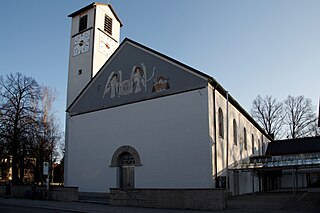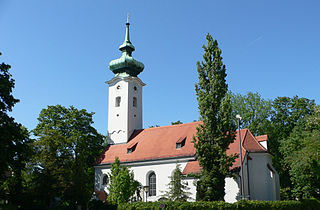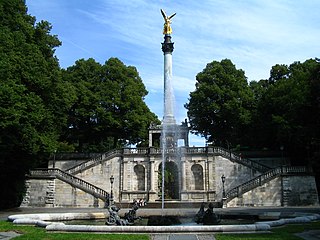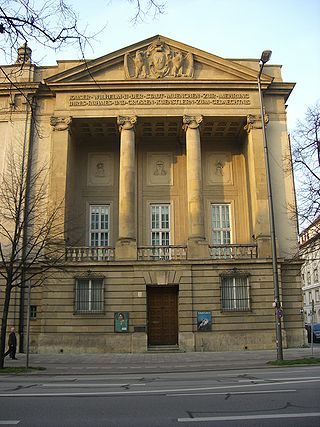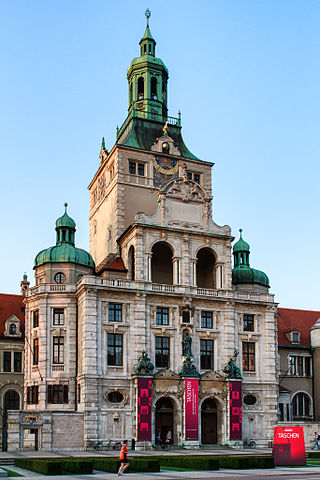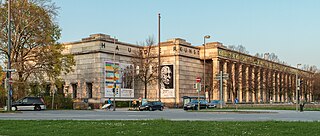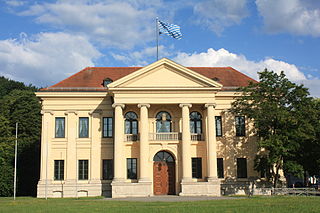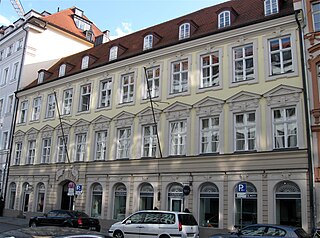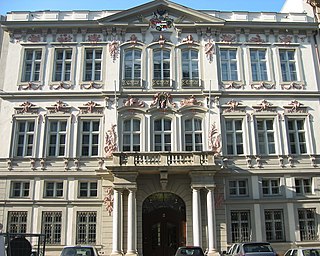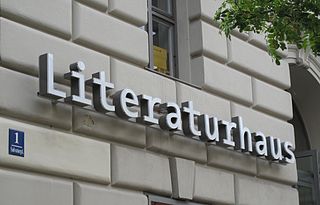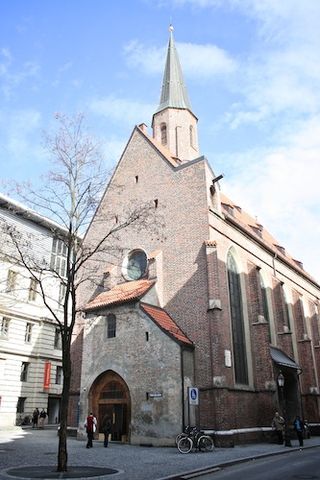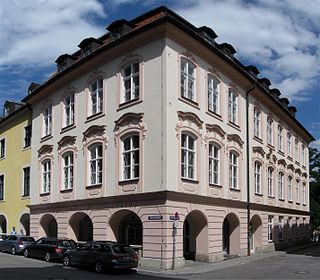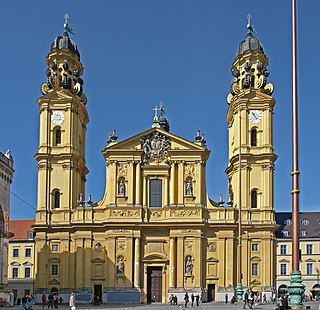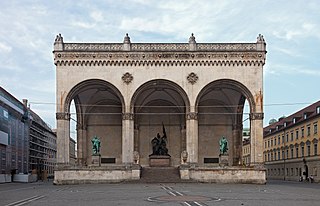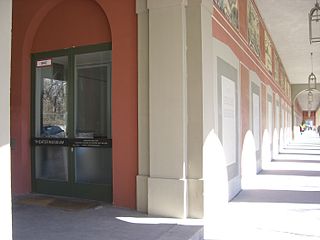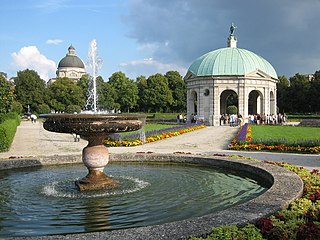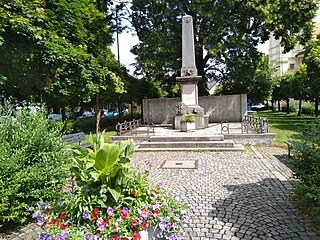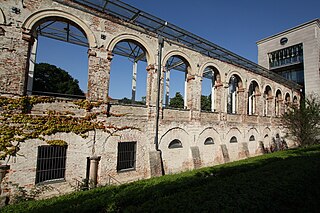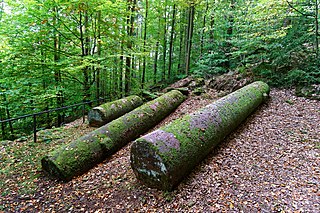Self-guided Sightseeing Tour #9 in Munich, Germany
Legend
Guided Free Walking Tours
Book free guided walking tours in Munich.
Guided Sightseeing Tours
Book guided sightseeing tours and activities in Munich.
Tour Facts
8.7 km
158 m
Experience Munich in Germany in a whole new way with our free self-guided sightseeing tour. This site not only offers you practical information and insider tips, but also a rich variety of activities and sights you shouldn't miss. Whether you love art and culture, want to explore historical sites or simply want to experience the vibrant atmosphere of a lively city - you'll find everything you need for your personal adventure here.
Activities in MunichIndividual Sights in MunichSight 1: Mae West
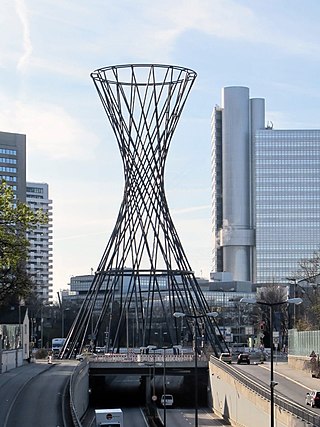
Mae West is a sculpture in Munich-Bogenhausen designed by Rita McBride. Named after the eponymous actress, the plastic artwork is a 52 meter high hyperboloid of one sheet built from carbon fiber reinforced polymer.
Sight 2: Heilig Blut Kirche
Heilig Blut is a Catholic parish church in the Munich district of Bogenhausen.
Sight 3: Dreieinigkeitskirche
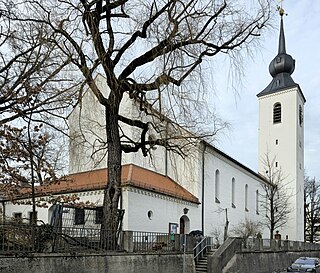
The Trinity Church is an Evangelical Lutheran church in the Munich district of Bogenhausen. The address is: Wehrlesstraße 8.
Sight 4: St. Georg
The Catholic branch church of St. Georg is the former village church of Bogenhausen and was its spiritual centre until the church of the Holy Blood was built. Today it is best known for its Bogenhausen cemetery, where many celebrities found their final resting place.
Sight 5: Friedensengel
The Angel of Peace is a monument in the Bogenhausen district of Munich. The architects were Heinrich Düll, Georg Pezold and Max Heilmaier.
Sight 6: Maximiliansanlagen
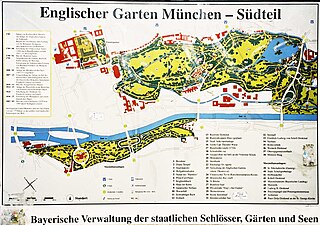
The Maximiliansanlagen are parks and gardens in the Munich districts of Bogenhausen and Haidhausen between the Ludwigsbrücke and the Max-Joseph-Brücke. The central point is the 38-metre-high Angel of Peace. The eastern boundary of the complexes is largely formed by Maria-Theresia-Straße.
Sight 7: Sammlung Schack
The Schack-galerie is a museum in Munich. It is one of the noted galleries in this city. The museum is under supervision of the Bavarian State Picture Collection.
Sight 8: Bayerisches Nationalmuseum
The Bavarian National Museum in Munich is one of the most important museums of decorative arts in Europe and one of the largest art museums in Germany. Since the beginning the collection has been divided into two main groups: the art historical collection and the folklore collection.
Sight 9: Haus der Kunst
The Haus der Kunst is a museum for modern and contemporary art in Munich, Bavaria. It is located at Prinzregentenstraße 1 at the southern edge of the Englischer Garten, Munich's largest park.
Sight 10: Prinz-Carl-Palais
The Prinz-Carl-Palais is an early classicist palace in Munich, Germany. It is the official residence of the Bavarian Prime Minister, but since moving into the new building of the Bavarian State Chancellery in 1993, it has only been used by the state government for representative purposes.
Sight 11: Palais Leuchtenberg
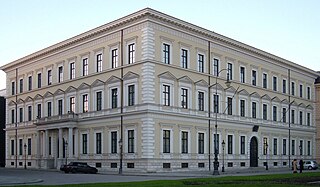
The Palais Leuchtenberg, built in the early 19th century for Eugène de Beauharnais, first Duke of Leuchtenberg, is the largest palace in Munich. Located on the west side of the Odeonsplatz, where it forms an ensemble with the Odeon, it currently houses the Bavarian State Ministry of Finance. It was once home to the Leuchtenberg Gallery on the first floor.
Sight 12: Den Opfern der Nationalsozialistischen Gewaltherrschaft
The Memorial to the Victims of Nazi Tyranny is a memorial in the old town of Munich. It was created in 1985 by the sculptor Andreas Sobeck, who came from Winzer, and was erected in memory of the victims of the National Socialist dictatorship on the Square of the Victims of National Socialism on the corner of Brienner Straße and Maximiliansplatz. The monument was handed over at a memorial ceremony on 8 November 1985 by the then Lord Mayor of Munich, Georg Kronawitter.
Wikipedia: Denkmal für die Opfer der NS-Gewaltherrschaft (München) (DE)
Sight 13: Maximiliansplatz
Maximiliansplatz is a park-like square in Munich, Germany, located on the border of the districts of Altstadt-Lehel and Maxvorstadt. It used to be known as Dultplatz. Maximiliansplatz is the northwestern part of Munich's Altstadtring.
Sight 14: Palais Seinsheim
The Palais Seinsheim is a city palace in the late Rococo style at Prannerstraße 7 in Munich.
Sight 15: Palais Holnstein
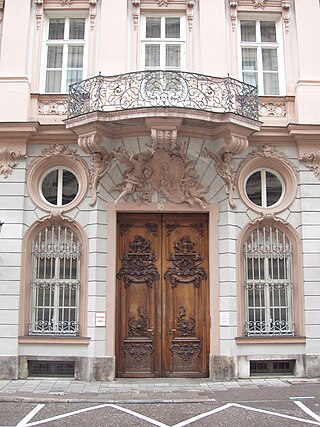
Holnstein Palace is an historic building in Munich, Southern Germany, which has been the residence of the Archbishop of Munich and Freising since 1818.
Sight 16: Palais Neuhaus-Preysing
The Palais Neuhaus-Preysing is a palace in the old town of Munich, Prannerstrasse 2.
Sight 17: Salvatorgarage
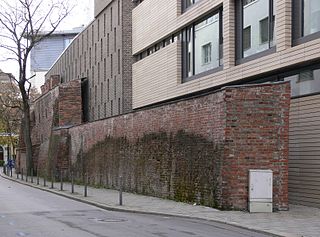
The Salvatorgarage is a multi-storey car park in Munich, Bavaria, Germany. In front of the garage building is an office and commercial building facing the square. The building complex, built between 1964 and 1965 by the Munich architect Franz Hart, is a listed building.
Sight 18: Literaturhaus
The Literaturhaus München is a cultural institution in the center of Munich, dedicated to the teaching of literature and the organization of literary events.
Sight 19: Salvatorkirche
Salvatorkirche is a gothic church in Munich, Germany, the former cemetery church of the Frauenkirche. Since 1829 the church has been used by Greek Orthodox Christians and it was the headquarters of the Metropolitan of Germany and Exarch of Central Europe. It is called "Transfiguration of the Savior" by the Greek Orthodox community.
Sight 20: Palais Minucci
The Palais Minucci is a palace at Salvatorplatz 2 in the old town of Munich and was built in its present form as the city palace of the Counts Minucci in 1731. The building is a listed building.
Sight 21: Theatinerkirche St. Kajetan
The Theatine Church of St. Cajetan and Adelaide is a Catholic church in Munich, southern Germany. Built from 1663 to 1690, it was founded by Elector Ferdinand Maria and his wife, Henriette Adelaide of Savoy, as a gesture of thanks for the birth of the long-awaited heir to the Bavarian crown, Prince Max Emanuel, in 1662. Now administered by the Dominican Friars, it is also known as the Dominican Priory of St. Cajetan.
Sight 22: Feldherrnhalle
The Feldherrnhalle is a monumental loggia on the Odeonsplatz in Munich, Germany. Modelled after the Loggia dei Lanzi in Florence, it was commissioned in 1841 by King Ludwig I of Bavaria to honour the tradition of the Bavarian Army.
Sight 23: Bayerische Akademie der Wissenschaften
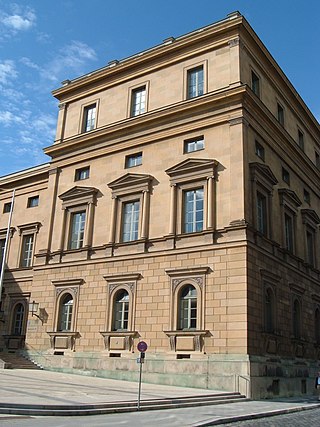
The Bavarian Academy of Sciences and Humanities is an independent public institution, located in Munich. It appoints scholars whose research has contributed considerably to the increase of knowledge within their subject. The general goal of the academy is the promotion of interdisciplinary encounters and contacts and the cooperation of representatives of different subjects.
Sight 24: Herkulessaal
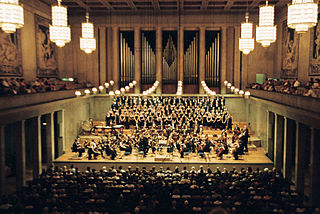
The Herkulessaal is a concert hall in the Munich Residenz.
Sight 25: Dianatempel
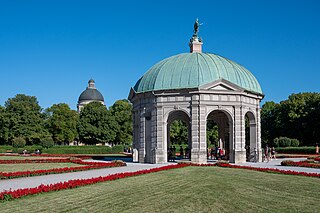
The Diana Temple in the Munich Hofgarten, the garden of the Munich Residenz, is a twelve-sided gazebo from the Renaissance period with eight open and four closed round arcades. It is the crossing point of the main and diagonal axes of the Hofgarten.
Sight 26: Deutsches Theatermuseum
The Deutsche Theatermuseum in Munich is a museum focused on history of the theater, and primarily devoted to the German-speaking theater history. It has its headquarters in the Churfürstlichen Gallerie, built in 1780–1781 by Carl Albert von Lespilliez, and located in the Galeriestraße 4a at Hofgarten. Director of the Museum is currently the theater, art and literary scholar Claudia Blank. She is also director of the photography collection.
Sight 27: Hofgarten
Join Free Tour*The Hofgarten is a garden in the center of Munich, Germany, located between the Residenz and the Englischer Garten.
Sight 28: Kriegerdenkmal
The Kriegerdenkmal in the Hofgarten in Munich was built for commemorating those killed in action in World War I from Munich. It is located on the eastern end of the Hofgarten, in front of the Bayerische Staatskanzlei.
Sight 29: Hofbrunnwerk
The Hofbrunnwerk in Munich is a hydropower-powered pumping station that serves to supply the wells in the Hofgarten.
Sight 30: Harmlos
Harmlos is located in Maxvorstadt, Munich, Bavaria, Germany.
Sight 31: Heunensäule
The Heunen columns, also known as the Heune columns, are round columns made of sandstone, which were originally intended for the reconstruction of the Willigis Cathedral in Mainz, which burned down in 1009. They were probably completed in the 11th century out of anticipatory business acumen in a quarry in the Bullau Mountains near Miltenberg even before the order was placed. However, the client probably opted for other supports, so that the round columns were never needed. There are said to have been 42 of the columns at one time, in the 18th century there were still 14, around 1960 only eight are known.
Share
How likely are you to recommend us?
Disclaimer Please be aware of your surroundings and do not enter private property. We are not liable for any damages that occur during the tours.
GPX-Download For navigation apps and GPS devices you can download the tour as a GPX file.
